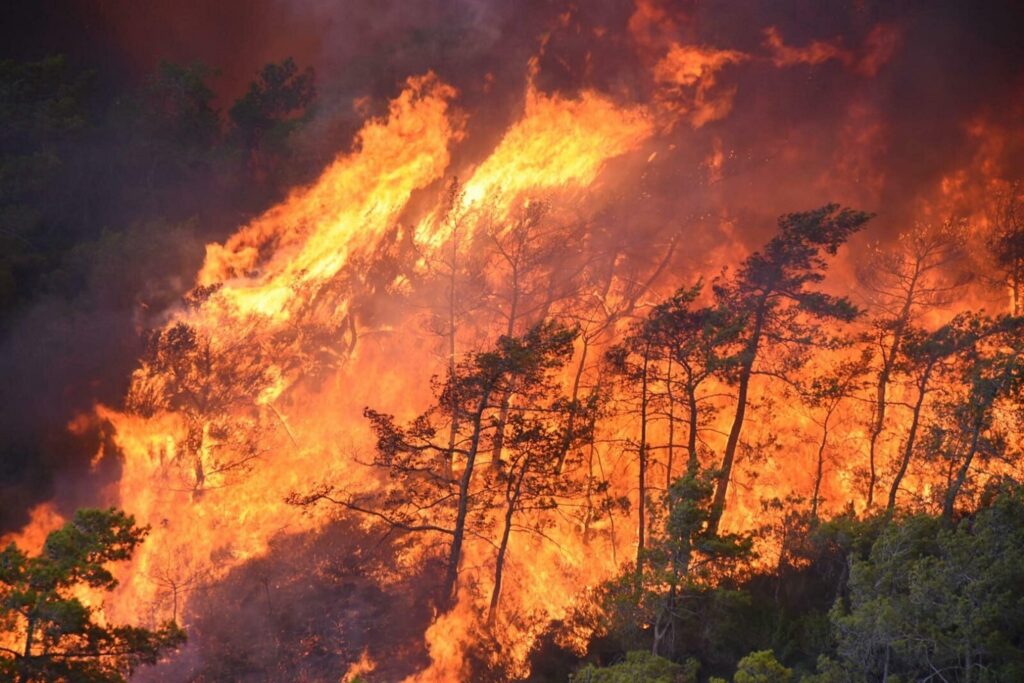The late 20th and early 21st centuries have been marked by significant global climate change resulting in many environmental disasters. Specifically, the recent increase in both frequency and intensity of wildfires worldwide demands advanced methods of modeling. However, the field faces significant challenges: the lack of quality data modeling wildfire dynamics and accurate spread prediction models. To address these issues, this project combines previous data to generate more quality data. An expanded dataset is created by augmenting original satellite data with synthetic samples generated through a Generative Adversarial Network (GAN). This method expands our dataset from 14,655 to 62,000 scenarios, incorporating a wider array of conditions to improve model robustness. The data is then processed into nodes to allow for spatial analysis. The dataset offers an unprecedented level of granularity, with a 12-hour time interval and 1 km^2 area for each node. By leveraging the GOES fire mask dataset and integrating DAYMET feature data, we address critical gaps in current modeling approaches. This enhanced dataset is the foundation of a novel Graph Neural Network (GNN)-Long Short-Term Memory (LSTM) model, which is designed to capture the complex spatial dynamics of wildfire spread alongside the temporal evolution of fires over time. Using this GNN-LSTM framework, our model represents a significant leap forward by providing a more accurate tool for assessing and mitigating the impacts of wildfires. This work not only advances the field of climate modeling by offering a solution to longstanding problems but also sets a new standard for the precision of wildfire spread predictions, facilitating more effective response strategies in the face of climate change.
AgriIntelligence
Founded in 2022
Developing a Novel Wildfire Spread Prediction Model
